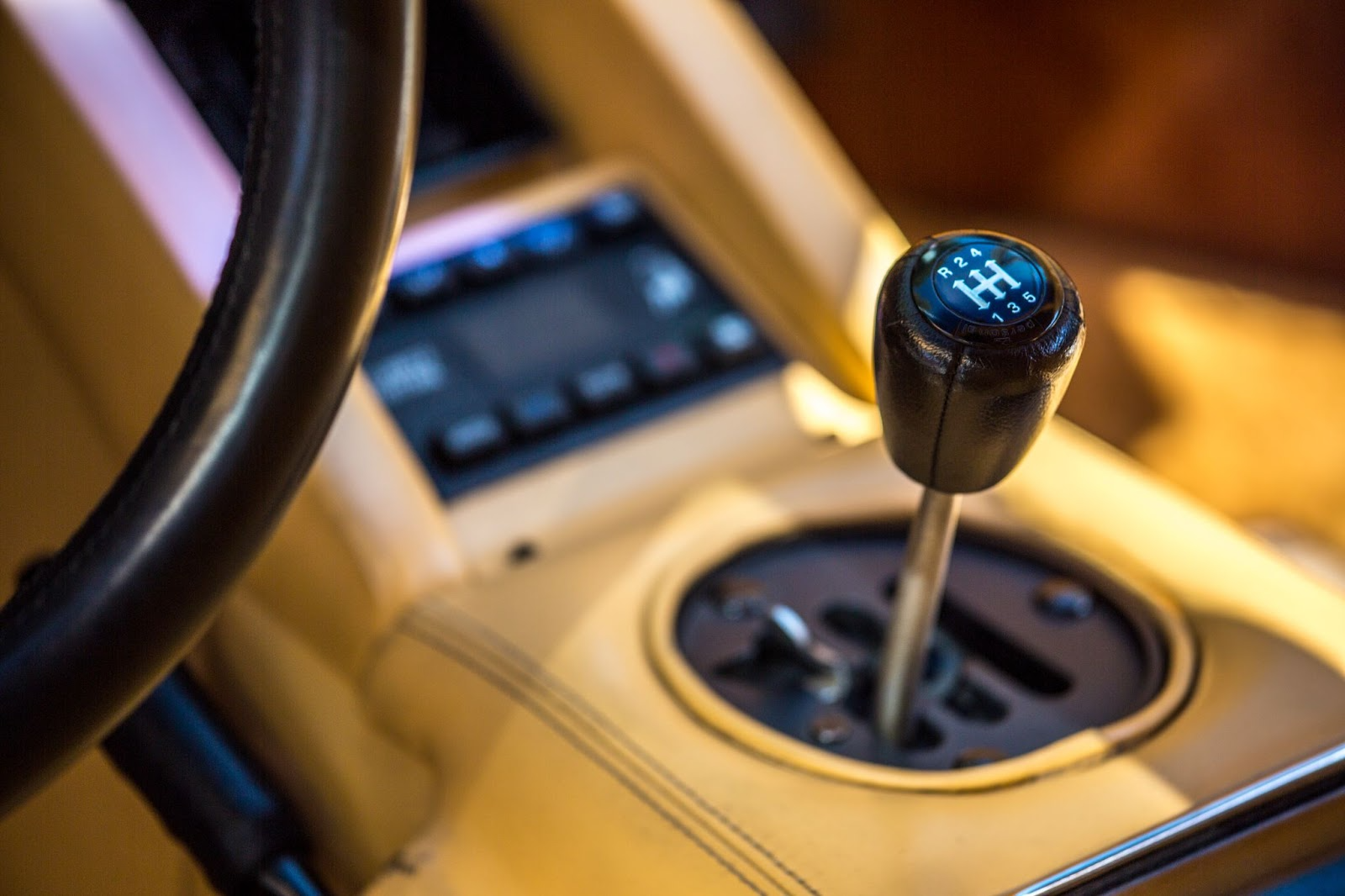Mastering Manual Transmission: Techniques for Starting, Hill Climbing, and Shifting Like a Pro

(Photo credit: freepik)
While automatic transmission cars are widely popular today, manual transmission vehicles still offer a unique charm and a distinct sense of control.
Mastering manual driving requires practice and a solid understanding of how the clutch, gears, and accelerator work. This article will guide you through essential techniques to become a skilled manual driver.
The Heart of Manual Transmission = The Clutch
Before diving into techniques, the most crucial component to understand is the clutch. The clutch connects and disconnects power from the engine to the gears and wheels. When you fully depress the clutch pedal (clutch disengaged), power is cut, allowing you to change gears. When you release the clutch (clutch engaged), power is transmitted to the wheels, moving the car. Controlling the pressure on the clutch pedal in sync with the accelerator is the key to smooth manual driving.
1. Smooth Starting Techniques
New drivers often experience jerking or stalling when starting a manual car. Here's how to avoid it:
- On Flat Ground
- Depress the clutch pedal all the way and engage first gear.
- Slowly release the clutch pedal until you feel the car just begin to pull, or you hear the engine sound slightly lower (this is the "clutch engagement point").
- At the same time, gently and gradually press the accelerator pedal to increase engine RPM in coordination with releasing the clutch. Once the car starts moving forward, slowly release the clutch completely and press the accelerator to gain speed.
- Practice frequently: Finding the precise clutch engagement point will make starting smooth.
2. Hill Climbing Techniques: No Rollback, No Stall
Hill climbing is a crucial test for manual drivers, as poor control can lead to rolling backward or stalling. There are two main techniques:
- Using the Handbrake
- When stopped on a hill, engage first gear, press the foot brake, and pull up the handbrake.
- When ready to start, slowly release the clutch to its engagement point and gently press the accelerator to increase engine RPM.
- Once you feel the car start to pull and have enough power to climb, slowly release the handbrake while gradually increasing pressure on the accelerator to move the car forward smoothly.
- This method prevents rollback while you are getting comfortable with coordinating the clutch and accelerator.
- Clutch-Brake-Accelerator Coordination
- When stopped on a hill, engage first gear and hold down the foot brake.
- When ready to start, slowly release the clutch to its engagement point, and at the same time, quickly and smoothly move your right foot from the brake pedal to the accelerator to increase engine RPM.
- Clutch and accelerator must work together quickly to minimize backward roll.
- This method requires significant practice and skill.
3. Professional Shifting Techniques (Up-shift & Down-shift)
Smooth gear shifting not only enhances driving comfort but also helps save fuel and extends the lifespan of your clutch and transmission.
- Up-shifting
- Accelerate the car until the engine RPM is in the appropriate range (listen to the engine sound or watch the tachometer, usually around 2,000-3,000 RPM for normal driving).
- Lift your foot off the accelerator while simultaneously depressing the clutch pedal all the way.
- Move the gear lever to the next higher gear position quickly and precisely.
- Gently release the clutch pedal while gently pressing the accelerator to match the engine RPM to the car's speed.
- Speed-RPM-Gear: The key is maintaining balance between car speed, engine RPM, and the selected gear.
- Down-shifting: Downshifting to reduce speed or to use engine braking is very important.
- Reduce car speed by lifting your foot off the accelerator and perhaps gently tapping the brake.
- Depress the clutch pedal all the way.
- Move the gear lever to the next lower gear position.
- Crucially: gently tap the accelerator to "rev-match" (blip the throttle) to bring the engine RPM up to approximately what it would be in that lower gear.
- Gently release the clutch pedal.
- Rev-matching helps make downshifts smooth, reduces jerking, and extends the life of your transmission and clutch.
Additional Tips for Manual Drivers:
- Don't "Ride" the Clutch: Avoid keeping the clutch pedal partially depressed for extended periods while waiting in traffic or using it to control car speed. This will cause premature clutch wear.
- Don't Rest Your Foot on the Clutch Pedal: Resting your foot on the clutch pedal, even lightly, can apply slight pressure, causing unnecessary clutch wear.
- Listen to the Engine: The engine's sound is the best indicator of when to shift gears.
- Practice is Key: Becoming proficient in driving a manual car requires experience. Consistent practice in a safe area will help you master it faster.
Driving a manual car is not just a driving skill; it's an art that requires feel and good coordination. Once you understand and consistently practice these techniques, you'll become a smooth and confident manual driver on any road.
Claim your free car valuation today!
Read More: When Should You Use Neutral Gear (N)? 3 Situations Every Driver Should Know
Looking for a car appraisal? You can contact us for a free car valuation within 24 hours…
